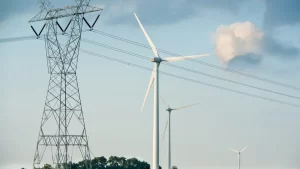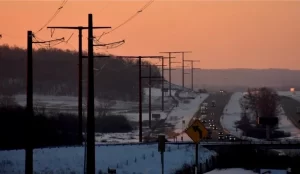We’re Losing the Transmission Wars
The ability of a state to veto a transmission line is what gives us the fragmented grid we have today, a grid that becomes increasingly ill-suited to the job of moving electricity as needed, especially as we try to shift to zero carbon wind and solar.
This problem is clear to solar and wind developers but not so much to activists and advocates of renewables. Without a grid that can transport energy from the most efficient renewables—wind in the midwest, solar in the southwest—a wind and solar-focused decarbonization plan means higher prices and continued use of fossil fuel generation. Here’s a cautionary tale from an HVDC developer.












